#sphex ichneumoneus
Text
Wasp-posting-wednesday!!
Ever heard a wasp tantrum before?
She (a great golden digger wasp, sphex ichneumoneus) was trying to dig a hole for her offspring, but the blades of dead grass were getting in her way. So while trying to grip and tear them out, she was buzzing and huffing which made it look as if she was having a tantrum. Pretty funny and cute. Turn up your volume to hear her squeak!
#wasp-posting-wednesday#sphex ichneumoneus#great golden digger wasp#wasps#hymenoptera#bugblr#insects#entomology#bugs#goblincore#animals
2K notes
·
View notes
Text

ID: a great golden digger wasp feeding at a bright pink flower. She is a large wasp with orange legs, an orange, black-tipped abdomen, and golden hairs along her thorax. End description
very pretty lady I saw today while getting pumpkins!
#ive been getting a lot more confident photographing wasps im so proud of myself :]]]#she was a very chill old lady#pretty late in the season for her to be out :oo#bugs tag#wasps#sphex ichneumoneus#great golden digger wasp#wasp cw
1 note
·
View note
Text
Cuckoo wasps make the perfect ping pong balls....if you're a Sphecid!
Sphex ichneumoneus and Ammophila sp. enjoying a game made possible by their Chrysidid friend. This concept was inspired by an old doodle from 2018.

#entomology#wasps#wasp#insect#hymenoptera#apocrita#aculeata#cartoon#Apoidea#Chrysidoidea#Chrysididae#Chrysis#Sphecidae#Sphexichneumoneus#Ammophila#pingpong#game#silly#comic
293 notes
·
View notes
Text

Sphex ichneumoneus
aka Great Golden Digger Wasp or Great Golden Sand Digger
This wasp hunts Grass Hoppers and Crickets to feed to its babies and wasps don't collect pollen but the adults do drink flower nectar and at least today they like this flower's nectar. Once they have had enough they will go hunting grass hoppers again. They can get quite busy and you are safe enough as long as you don't start arguing with them about who's food this is.

26 notes
·
View notes
Note
test ask: do you have a favorite kind of wasp
It's hard to say that I really have a favorite wasp but if I had to pick one then my go-to answer is the great golden digger, Sphex ichneumoneus! They're beautiful wasps and make charming little noises when they dig :]
3 notes
·
View notes
Note
can we see some cool wasps
Steel-blue cricket hunter (Chlorion aerarium) (Photo credit)
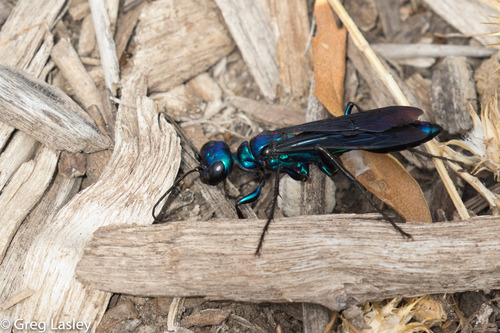
Great Golden Sand Digger/Great Gold Digger Wasp (Sphex ichneumoneus) (photo credit)
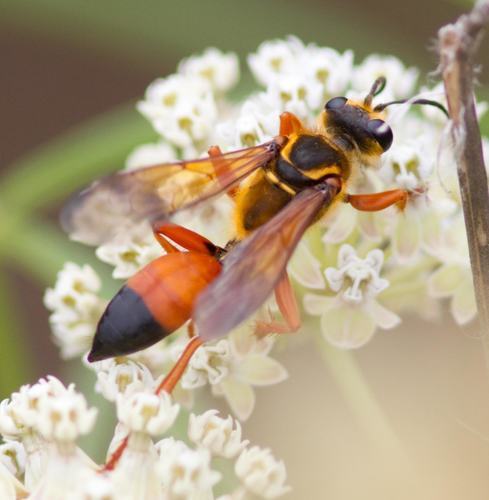
American Sand Wasp (Bembix americana) (photo credit)

Thisbe's Tarantula-hawk Wasp (Pepsis thisbe) (photo credit)
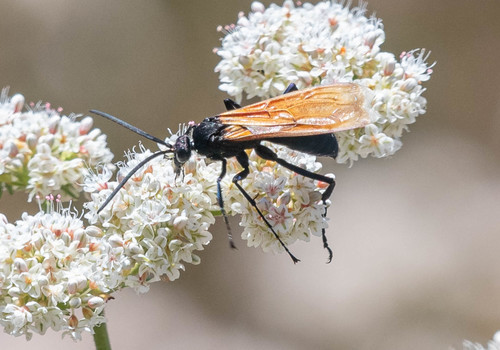
22 notes
·
View notes
Text
What Is Artificial Intelligence
Step into the world of insect wonder with the captivating tale of the digger wasp, Sphex ichneumoneus. While human intelligence often steals the spotlight, the intricate actions of creatures like the digger wasp can offer profound insights into the essence of smarts.
Imagine this: a female digger wasp returns to her burrow, carrying a precious load of food for her young. But her actions aren’t merely robotic; they reveal a level of sophistication that challenges our typical ideas of what intelligence entails.
Upon arrival, she carefully places her bounty at the entrance, then meticulously checks her burrow’s security before venturing inside. It’s a routine that seems almost intentional, showing a level of awareness that goes beyond simple instinct. Read more
1 note
·
View note
Text

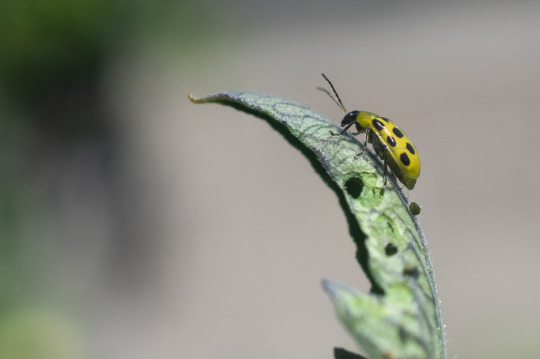

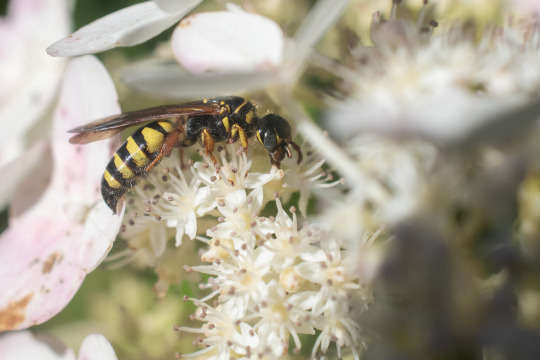
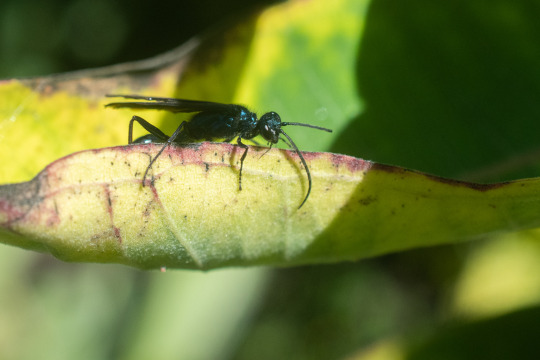


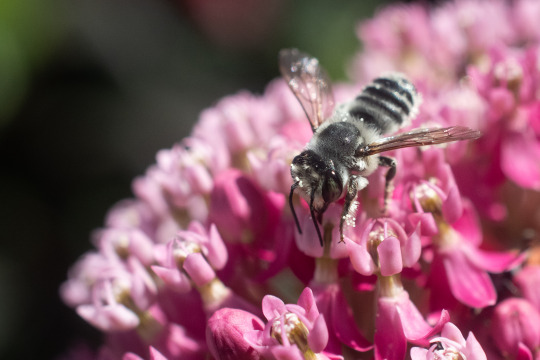





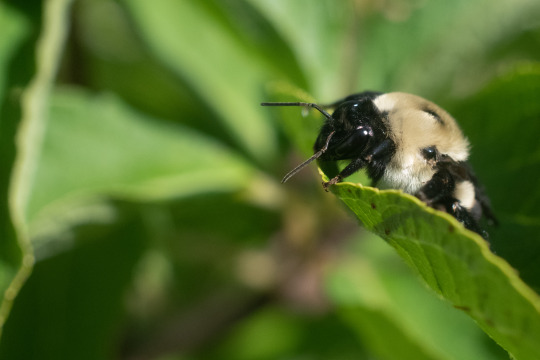
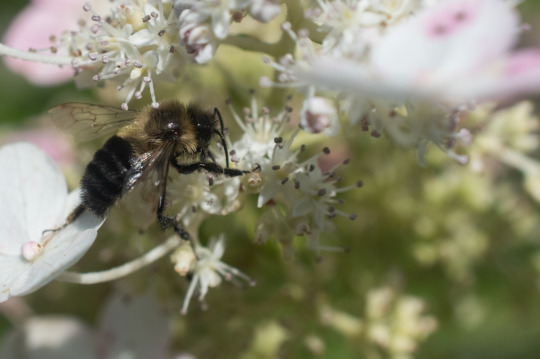
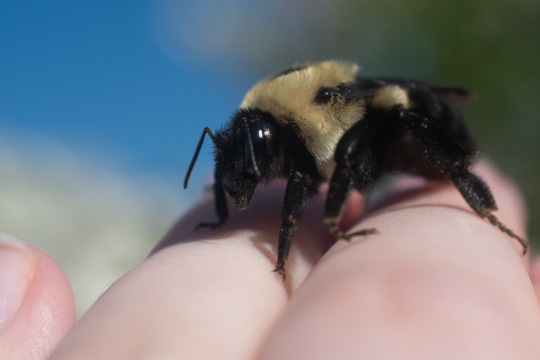


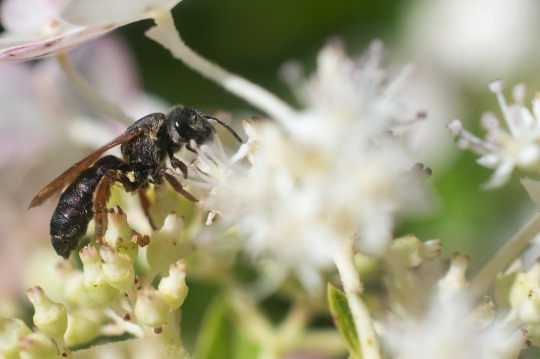

European Paper Wasp (Polistes dominula) ♂
Spotted Cucumber Beetle (Diabrotica undecimpunctata)
Great Golden Digger Wasp (Sphex ichneumoneus)
Five-banded Thynnid Wasp (Myzinum quinquecinctum)
Common Blue Mud-dauber Wasp (Chalybion californicum)
Chrysidini sp.
Four-banded Stink Bug Wasp (Bicyrtes quadrifasciatus)
Megachile sp.
Parallel-striped Sweat Bee (Halictus parallelus)
Myzinum maculatum ♀
Archytas apicifer?
Goldenrod Soldier Beetle (Chauliognathus pensylvanicus)
Archytas apicifer?
Common Eastern Bumble Bee (Bombus impatiens) ♀
Common Eastern Bumble Bee (Bombus impatiens) ♂
Common Eastern Bumble Bee (Bombus impatiens) ♀
Lobed Mason Wasp (Ancistrocerus antilope)
Narrow-headed Marsh Fly (Helophilus fasciatus)
Hawthorn Mining Bee (Andrena crataegi)?
Vespula Sp.
Foaming at the mouth at the absolute biodiversity in my yard this year! We have this bush in the yard that the wasps, bees and flies are obsessed with, which is where I took most of the pictures.
I also noticed these HUGE flies which I've never seen before. Usually if you even look in the general direction of a fly it immediately takes off but these ones could not care less, I could put my hand right up to them and they didn't move until I physically touched them.
Also once again completely baffled by the people who talk about how "aggressive" and "mean" wasps are and how they constantly get stung. What are you guys doing??? None of the above species gave a single shit about me shoving my macro lens in their faces, and if it was windy I would sometimes grab the branch they were on to hold it steady and none of them even reacted.
The queen bee (which has a stinger unlike the males) also made no effort to sting me, after picking her up for a photo she actually refused to get off of my hand because she wanted to sit on me and groom her face.
We've also had lots of yellowjackets (I'm so bad at IDing them so no idea on species) approaching us recently and checking us out, flying extremely close and looking at us and then flying away. Even if I put my hand up in front of them to see if they want to land they sort of just look at it and then fly away.
Last year there were paper wasps on nests in my yard and they would stare at me warily but never sting me when I photographed them.
Also feel free to ID things on my iNaturalist or correct me on any IDs here!
#Long Post#Not Pets#Wildlife Photography#Invertebrates#European Paper Wasp#Spotted Cucumber Beetle#Great Golden Digger Wasp#Five-banded Thynnid Wasp#Common Blue Mud-dauber Wasp#Four-banded Stink Bug Wasp#Parallel-striped Sweat Bee#Goldenrod Soldier Beetle#Common Eastern Bumble Bee#Lobed Mason Wasp#Narrow-headed Marsh Fly#Hawthorn Mining Bee#Yellowjacket
1 note
·
View note
Text
Artificial Intelligence | How can I learn artificial intelligence?

Artificial intelligence (AI) is the capacity of a digital computer or robot operated by a computer to carry out actions frequently performed by intelligent beings. The phrase is frequently used in reference to the effort to create artificial intelligence (AI) systems that possess human-like cognitive abilities like the capacity for reasoning, meaning-finding, generalization, and experience-based learning. It has been proven that computers can be programmed to perform extremely complex tasks—like, for example, finding proofs for mathematical theorems or playing chess—with great proficiency ever since the development of the digital computer in the 1940s. Nevertheless, despite ongoing improvements in computer processing speed and memory space, there are currently no programs that can match human flexibility across a wider range of tasks or those requiring a substantial amount of background knowledge. A limited form of artificial intelligence, however, is used in a variety of applications, including voice or handwriting recognition, computer search engines, and medical diagnosis. On the other hand, some programs have reached the performance levels of human experts and professionals in carrying out some specific tasks.
What is intelligence?
Even the most complex insect behavior is never interpreted as a sign of intelligence, while all but the most basic human behavior is attributed to intelligence. What makes them distinct? Take the digging wasp, Sphex ichneumoneus, as an example. When the female wasp brings food back to her burrow, she first places it on the threshold, looks inside for intruders, and only then, if all is well, brings her food inside. If the food is moved a few inches from the burrow entrance while the wasp is inside, the true nature of her instinctual behavior is revealed: upon her exit, she will repeat the entire process every time the food is moved. The capacity to adjust to changing circumstances must be a component of intelligence, which Sphex glaringly lacks.
Learning
When it comes to artificial intelligence, learning can take many different forms. Learning through trial and error is the easiest method. As an illustration, a straightforward computer program for mate-in-one chess problems might try various moves until a mate is found. When the computer encounters the same position again, the program may store the solution along with the position and then recall it. Role-playing learning, or the simple memorization of individual items and processes, is comparatively simple to implement on a computer. More challenging is the problem of implementing what is called generalization. Generalization is the process of applying prior knowledge to similar new circumstances. A program that learns the past tense of common English verbs by rote, for instance, will not be able to produce the past tense of a word like "jump" unless it has previously encountered the word "jumped." In contrast, a program with generalization skills can learn the "add ed" rule and form the past tense of "jump" based on experience with similar verbs.
Reasoning
Reasoning involves making inferences that are pertinent to the circumstances. Deductive and inductive inferences fall under different categories. The former is illustrated by the statement, "Fred must be in either the café or the museum." He's not in the café, so he's in the museum, and of the latter, "Previous accidents of this kind were caused by instrument failure; therefore this accident was caused by instrument failure." The most important distinction between these two methods of reasoning is that the truth of the premises in the deductive case ensures the truth of the conclusion, whereas the truth of the premises in the inductive case lends support to the conclusion without providing absolute assurance. As data is gathered and tentative models are created to describe and predict future behavior, inductive reasoning is frequently used in data science—until the emergence of anomalous data forces the model to be revised. Deductive reasoning is frequently used in mathematics and logic, where complex systems of unchallengeable theorems are constructed from a limited number of fundamental axioms and principles.
It has been very successful to program computers to make inferences, particularly deductive inferences. True reasoning, however, goes beyond merely drawing conclusions; it involves making conclusions that are pertinent to the resolution of the specific problem or circumstance. This is one of the hardest problems confronting AI.
Problem-solving
One way to define problem-solving, especially in artificial intelligence, is as a systematic search through a variety of potential actions in order to arrive at a predetermined goal or solution. Special purpose and general purpose problem-solving techniques are separated. A special-purpose method is created specifically to address a given issue, and it frequently takes advantage of very particular aspects of the context in which the issue is embedded. A general-purpose approach, on the other hand, can be used to solve many different kinds of issues. Means-end analysis, which reduces the gap between the present situation and the desired outcome incrementally or step-by-step, is one general-purpose AI technique. Until the goal is attained, the program chooses actions from a list of available options—in the case of a simple robot, this could include PICKUP, PUTDOWN, MOVE FORWARD, MOVE BACK, MOVE LEFT, and MOVE RIGHT.
Programs with artificial intelligence have helped to find solutions to a wide range of issues. Finding the winning move (or series of moves) in a board game, creating mathematical proofs, and modifying "virtual objects" in a computer-generated world are a few examples.
Platforms with artificial intelligence courses have helped to learn AI.
Perception
In perception, the environment is scanned using a variety of real or fake sensory organs, and the scene is broken down into individual objects in different spatial arrangements. The fact that an object's appearance can change depending on the angle from which it is viewed, the direction and intensity of the lighting in the scene, and how much the object contrasts with the surrounding field, complicates analysis.
Artificial perception has advanced to the point where it can now be used by optical sensors to recognize people, autonomous vehicles to travel at a reasonable speed on open roads, and robots to scour buildings for empty soda cans. FREDDY, a stationary robot with a moving television eye and a pincer hand, was built at the University of Edinburgh in Scotland between 1966 and 1973 under the supervision of Donald Michie. It was one of the first systems to integrate perception and action. FREDDY was capable of distinguishing a wide range of objects and could be taught to put together easy objects, like a toy car, from a haphazard collection of parts.
How can I learn artificial intelligence?
The way businesses operate globally is being transformed by artificial intelligence. Businesses require personnel who can make use of the entire spectrum of upcoming AI technologies in order to compete successfully. Therefore, the chances of having a well-paying and fulfilling career are very good for those who are considering a career in artificial intelligence. For many years to come, people will need the skills that are developed today. To learn these skills, there are many platforms that provide AI courses.
Skillup Online is a "smart" learning platform that goes "beyond certifications" to drive lifelong success in the technology field.
Skillup has a number of Artificial Intelligence courses available.
AI-900: Microsoft Azure AI Fundamentals
Python for Data Science, AI & Development in Python
Artificial Intelligence Foundations
AI-102: Designing and Implementing a Microsoft Azure AI Solution
Python for AI and Development Projects
And many more courses are available at SkillUp Online.
Source: https://skillup-online.blogspot.com/2022/07/artificial-intelligence.html
0 notes
Text
naughty wasps get put in the TUBE
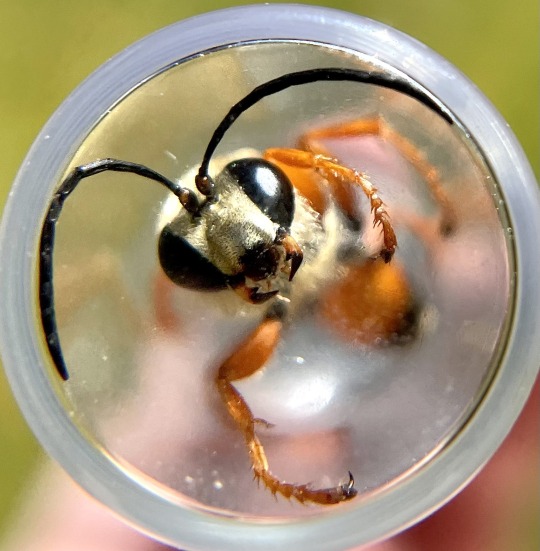

#my pics#/jk he’s just in there for pics#released him after :)#sphex ichneumoneus#great golden digger wasp#wasps#hymenoptera#insects#bugblr#entomology#goblincore
42 notes
·
View notes
Photo
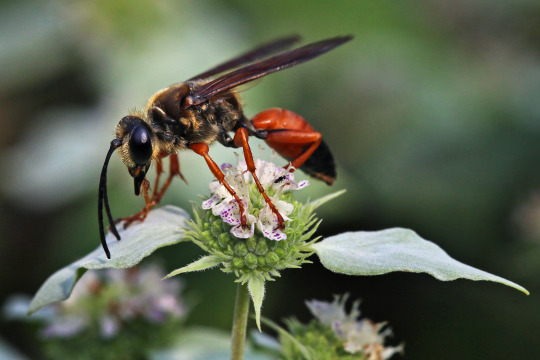
Great Golden Digger Wasp (Sphex ichneumoneus)
July 23, 2021
Southeastern Pennsylvania
#bug#bugs#photographers on tumblr#wasp#wasps#Sphex ichneumoneus#great golden digger wasp#entomology#hymenoptera#bugblr
83 notes
·
View notes
Photo
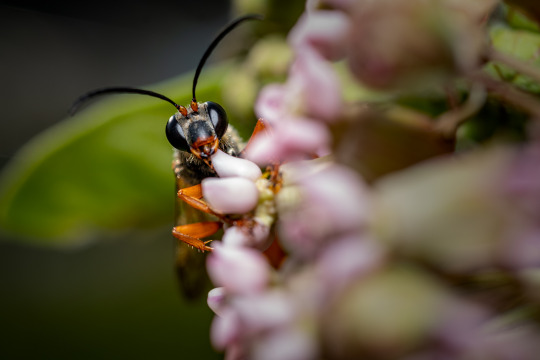

The Great Golden Digger Wasp is a large and scary thing but is not at all interested in stinging anyone. They are much more interested in sucking on the sweet milkweed flower and leading their solitary lives.
William Harper, Evanston, August 2020
3 notes
·
View notes
Text
Sphex ichneumoneus, male. (Females are bulkier with bigger mandibles). What's up, dude?

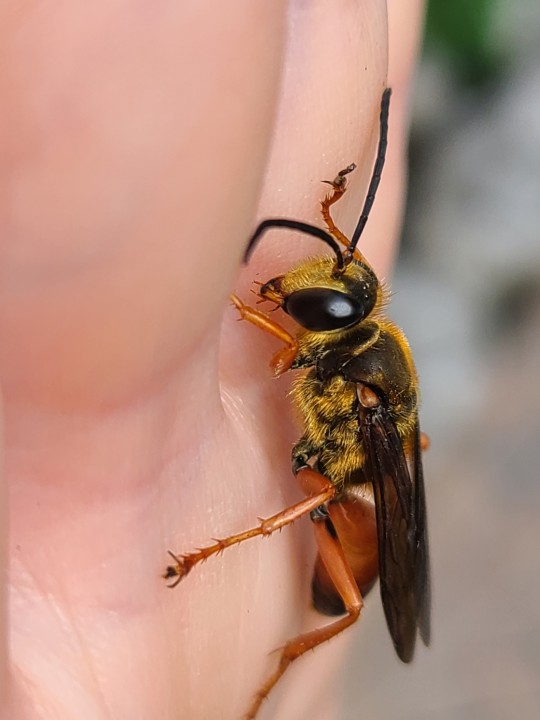




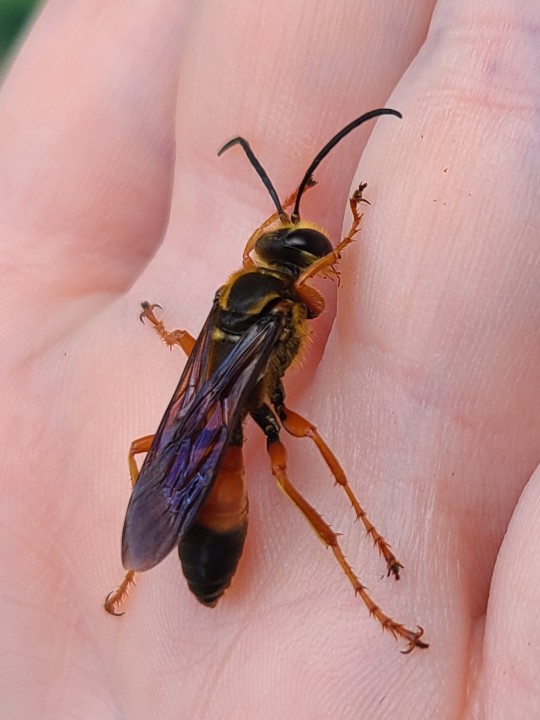
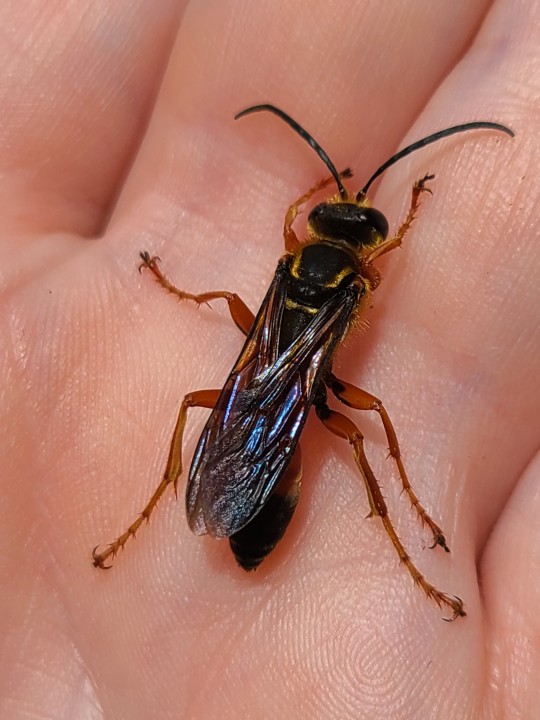


223 notes
·
View notes
Photo

Bug of the Day
Got this great golden digger wasp (Sphex ichneumoneus) to stay still long enough for a close up photo.
Happy National Pollinator Week!
#Sphex ichneumoneus#great golden digger wasp#Sphex#Specidae#wasp#Hymenoptera#insect#National Pollinator Week
174 notes
·
View notes
Video
youtube
A female Great Golden Digger Wasp excavating a tunnel for her offspring! These wasps are very docile and are common pollinators on flowers.
She will finish her digging and capture a live, paralyzed insect and bring it back to the tunnel. After an inspection of her tunnel, she will place the insect inside and lay an egg on it. She’ll close the entrance afterward, and leave. The egg hatches, and her baby will feed on the paralyzed insect until it can leave the underground.
144 notes
·
View notes
Text
Great Golden Digger Wasp
Great Golden Digger Wasp
I think I’ve mentioned this gentle giant before, because it’s one of my favourites in the garden, the great golden digger wasp, Sphex ichneumoneus. In the thread-waisted wasp family (Sphecidae), it’s one of the largest of the more than 130 species of digger wasps (Sphex genus) in that family. I saw one outside today so thought I’d feature them here.
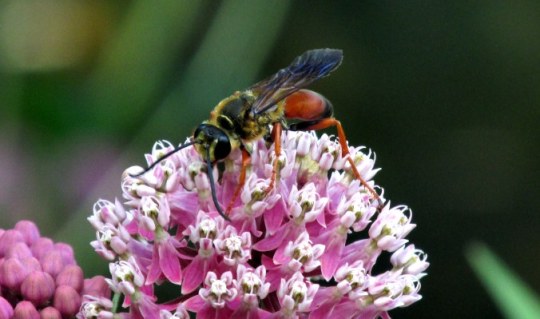
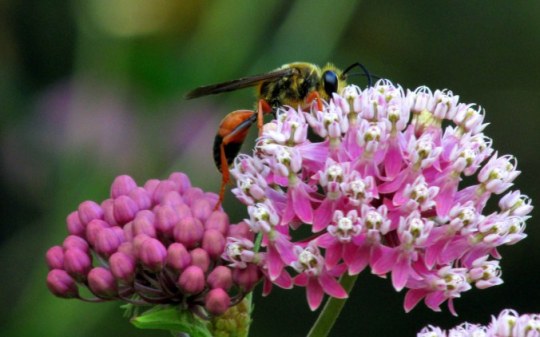
The photos above were taken today of a great…
View On WordPress
0 notes